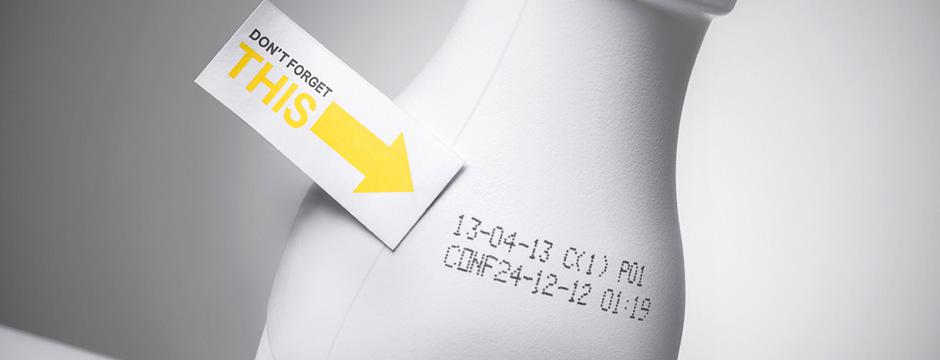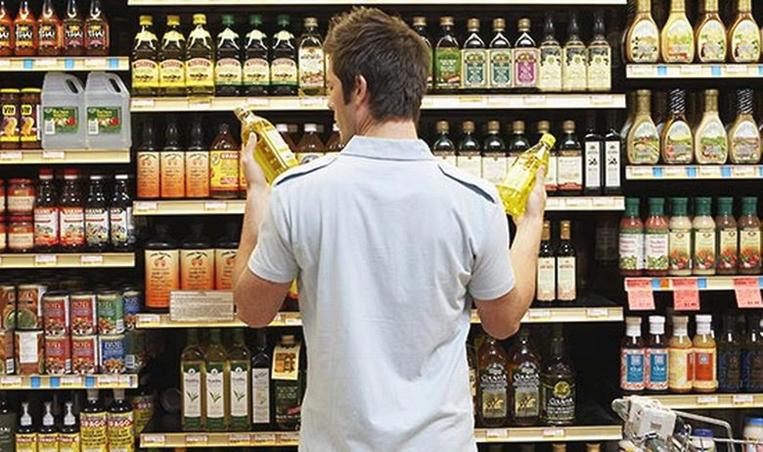Analysis of product shelf life

Determining product shelf life - challenge tests
There are increasing requirements regarding the length of the shelf life and the microbiological stability of food and articles of general use. Additionally, there is an increasing number of different manufacturers with a very diverse range of products, especially those from private farms and from organic production, which implies non-use of additives. It is understandable that the shelf life of such products is much shorter.
The shelf life of food is the period in which the food retains all its properties and is completely safe for consumption if stored under appropriate conditions.
This means that food:
- must be safe for the consumer - must not cause infections due to the growth of pathogenic microorganisms or favor the development of toxins during the storage period
- will not lose quality in any way that would be unacceptable to the consumer
- will not lose significantly on the nutritional value indicated on the declaration
The expiry date is determined for health or safety reasons. Health reasons refer to food created for people with special nutritional needs over a period of time. Safety reasons refer to food that may become microbiologically unsafe during a storage period due to contamination or multiplication of some bacteria.
The shelf life depends on the type, composition and breakdown mechanism of the specific food. Numerous factors affect the shelf life: exposure to light, heat, moisture, mechanical damage or contamination by microorganisms. Well established HACCP system, GHP and GMP in the production process reduce the risk and consequently extend the shelf life.
How is the expiration date determined?
There are several ways and they depend on the type of product, ingredients, method of production, physico-chemical properties.
Parameters related to product sustainability that can be monitored are:
- pH value
- aw
- T° C
- oxidative capacity
- salt
- weight
- stability of preservatives through challenge test
- organoleptic changes
- properties of packaging materials
Depending on the stated parameters and the type of product, mathematical prediction models on the growth of certain microorganisms through the predicted shelf life have been created. This way, information on a possible, indicative shelf life of the product can be obtained easily and quickly. The purpose of the study is to determine the estimated shelf life for each product type.
In industrial food production, it is important to determine the expiration date of the product as accurately and thoroughly as possible in real conditions. Therefore, complex analyzes are created and performed for a specific product, taking into account the optimal indicators of possible impacts on the stability of the selected product.
In our laboratory, we determine the expiration date for various products within a realistically predicted period, as well as by an accelerated procedure in unfavorable conditions that may affect the shortening of the expiration date.
Based on the characteristics of the product or food, the predicted shelf life and adjusted physico-chemical and microbiological parameters, the period in which the product is analyzed is determined. This is a so-called acceleration stability test within which the product is exposed to adverse environmental conditions to which it may be exposed during handling, from the moment of production to consumption.
The analysis of the shelf life in the laboratory is guided by recent data from the literature as well as official recommendations (EURL for shelf-life studies on L.m.).
Na svakom proizvodu koji se stavlja na tržište, nalazi se podatak o roku valjanosti kojeg definira proizvođač. Taj je podatak obvezan prema Uredbi EZ 1169/2011 o informiranju potrošača o hrani, a iskazuje se kao:
On each product placed on the market, there is information on the expiration date defined by the manufacturer. This information is mandatory under Regulation EC 1169/2011 on consumer information, and is expressed as:
- "use by" - as day-month-year - for products subject to faster microbiological spoilage
- "best to use" - as a day-month-year
- "best used to the end" - as a month-year
- year only - for products that are not microbiologically sensitive
The same Regulation prescribes stating the method of storage of products, ie the method of storage and the shelf life after opening, as a mandatory information.




